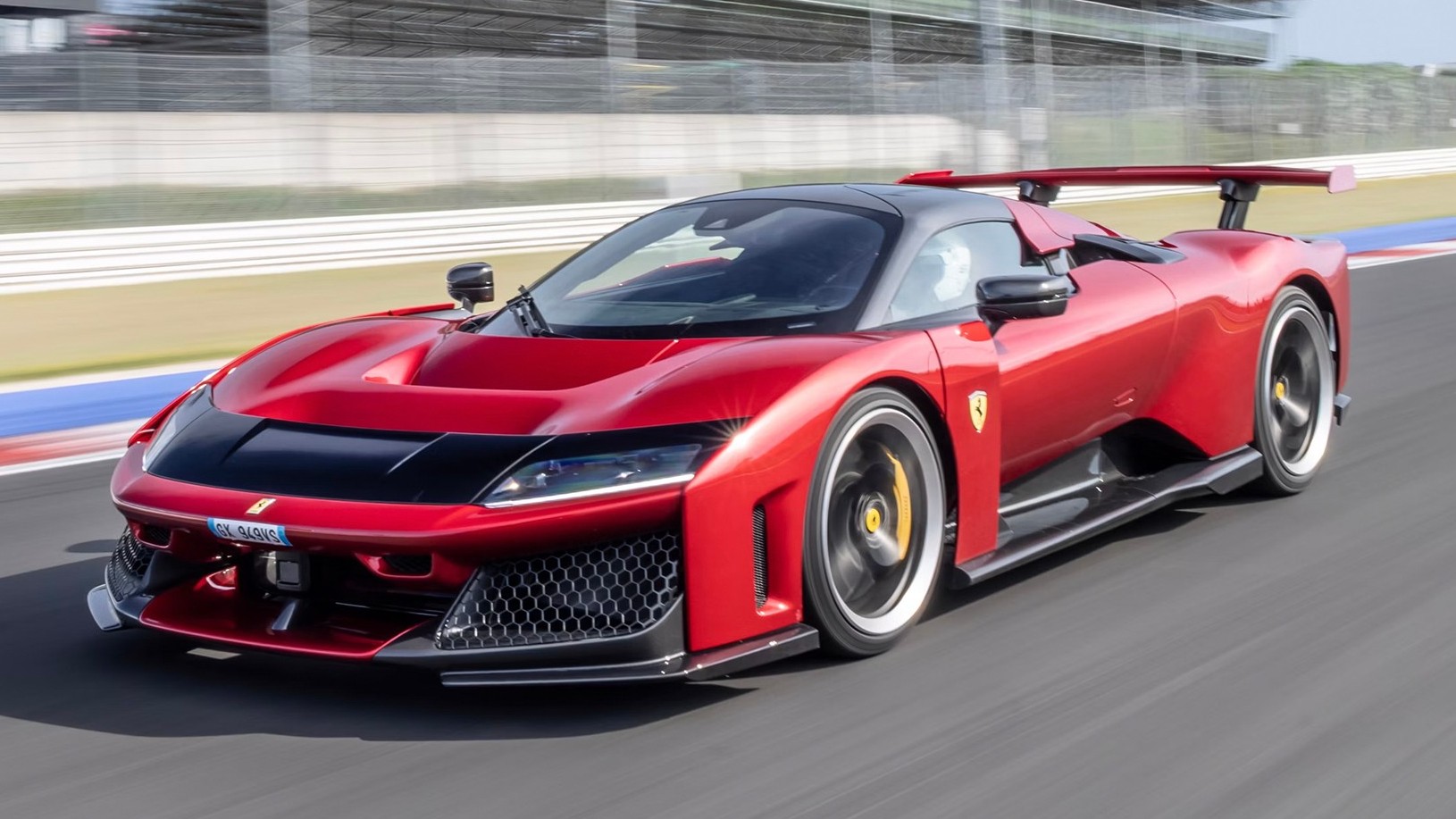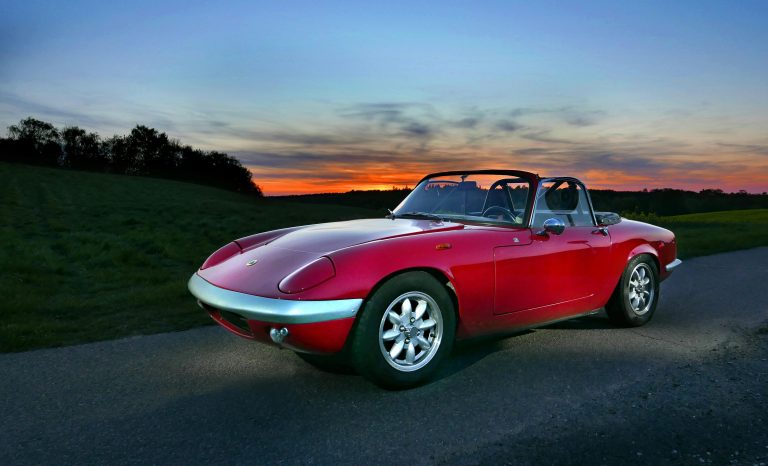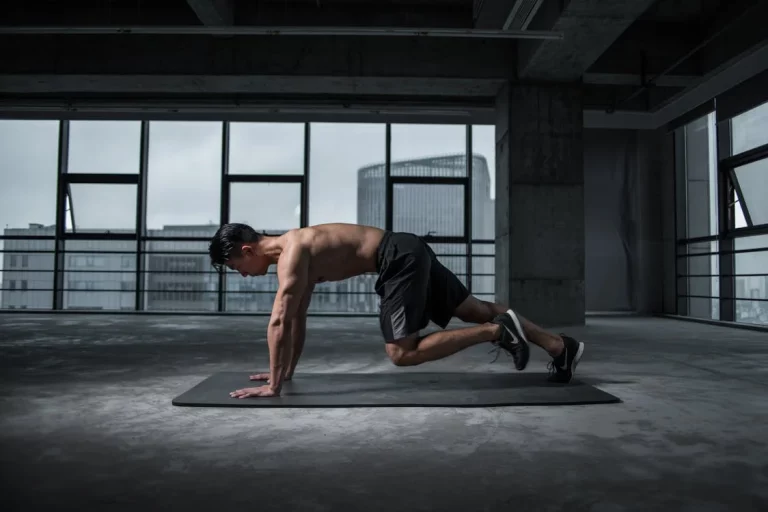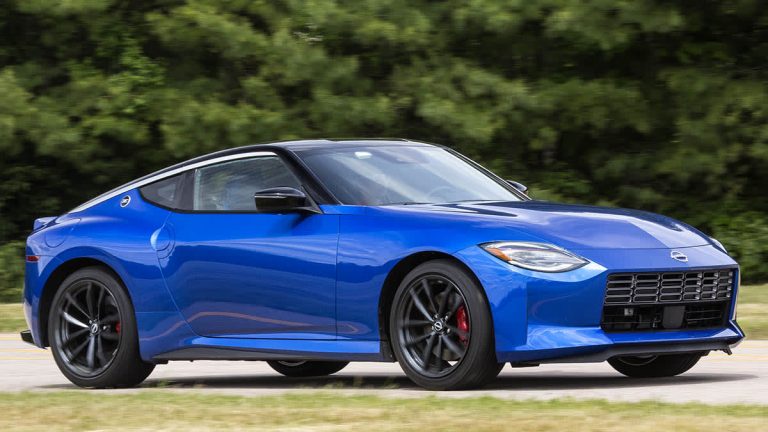Crucial Racing Sports Equipment: What You Must Have
Whether it’s racing vehicles at high speeds, cycling on hilly roads, running on a track, or participating in winter or water sports, racing is one of the purest manifestations of human and mechanical performance. However, one thing is always the same regardless of the discipline: the significance of having the right tools. Having the proper equipment can mean the difference between winning and losing, efficiency and exhaustion, and safety and harm.
This tutorial walks you through the essentials of racing sports gear for all the different kinds of racing.
1. Why Racing Equipment Matters
In any racing sport, time and safety are critical. Proper gear helps by:
- Maximizing Performance: Aerodynamic clothing, lightweight shoes, or streamlined bikes reduce resistance and improve speed.
- Ensuring Safety: Helmets, harnesses, and protective suits reduce the risk of serious injuries.
- Improving Comfort: Breathable fabrics, ergonomic designs, and well-fitted gear reduce strain and allow longer, stronger performance.
- Boosting Confidence: Knowing you’re equipped with the right gear lets you focus entirely on the race.
2. Essential Equipment by Sport
A. Running and Track Racing
Running is simple at first glance, but competitive racing demands more than sneakers.
- Racing Shoes (Spikes or Flats): Provide speed, grip, and efficiency for different track surfaces.
- Lightweight, Breathable Clothing: Reduces sweat build-up and prevents chafing.
- GPS Watch or Heart Rate Monitor: Tracks pace, performance, and endurance.
- Hydration Belt or Handheld Bottle: Essential for long-distance races.
💡 Tip: Break in your racing shoes before competition day to avoid blisters.
B. Cycling Races
Cycling combines endurance, speed, and technical skill gear is critical here.
- Racing Bicycle: Aerodynamic and lightweight, tuned for competition.
- Helmet (Safety Certified): Mandatory protection against head injuries.
- Cycling Shoes with Cleats: Secure feet to pedals for maximum power transfer.
- Cycling Kit (Jersey & Shorts): Tight-fitting to reduce drag and enhance comfort.
- Protective Gloves: Prevent hand fatigue and provide grip.
- Cycling Sunglasses: Protect eyes from debris, wind, and sunlight.
💡 Tip: Proper bike fitting is as important as the bike itself it prevents strain and boosts speed.
C. Motorsports (Car & Motorcycle Racing)
At high speeds, safety equipment is just as important as performance gear.
- Racing Helmet (FIA/DOT Approved): Provides ultimate protection in crashes.
- Fire-Resistant Racing Suit: Made from materials like Nomex.
- Racing Gloves and Boots: Enhance grip, comfort, and fire resistance.
- Harness and Racing Seat System: Keeps drivers stable during sharp turns or impacts.
- Head and Neck Support (HANS Device): Reduces risk of whiplash and spinal injuries.
💡 Tip: Always choose equipment with official safety certifications never compromise on quality.
D. Water-Based Racing (Rowing, Canoeing, Sailing, Jet Skiing)
On the water, mobility and safety take center stage.
- Personal Flotation Device (PFD): Designed for comfort without restricting movement.
- Waterproof/Quick-Drying Gear: Keeps athletes warm and agile.
- Protective Helmet (for canoe/kayak racing): Safeguards against collisions and capsizing.
- Gloves: Prevent blisters and improve paddle or rope grip.
- Non-Slip Footwear: Critical for traction in wet conditions.
💡 Tip: Even in professional races, a PFD is non-negotiable it saves lives.
E. Winter Racing (Skiing, Snowboarding, Ice Racing)
Cold-weather races combine speed with challenging environments.
- Helmet with Goggles: Protects against impacts and snow glare.
- Insulated Racing Suit: Keeps athletes warm without limiting mobility.
- Specialized Skis, Boards, or Sleds: Designed for racing precision and speed.
- High-Performance Boots and Gloves: Offer grip, insulation, and stability.
💡 Tip: Layering thermal undergarments helps regulate body temperature during extreme races.
3. Training and Support Equipment
Outside competition, racers need tools to train effectively and recover quickly.
- Foam Rollers and Massage Guns: Aid in muscle recovery.
- Resistance Bands: Improve flexibility and strength.
- Hydration Packs: Essential for endurance training.
- Sports Nutrition: Energy gels, electrolyte drinks, and protein for performance and recovery.
4. Key Factors When Choosing Racing Gear
- Fit and Comfort: Ill-fitting gear can hurt performance and cause injuries.
- Durability: Quality equipment lasts longer under intense use.
- Weight: Lightweight gear helps increase speed.
- Safety Certifications: Always ensure compliance with official standards.
- Value Over Price: Consider equipment as an investment quality often pays off long term.
5. The Role of Technology in Racing Gear
Modern gear incorporates cutting-edge technology:
- Carbon Fiber Materials: Lightweight yet strong for bikes, helmets, and suits.
- Smart Devices: Real-time biometrics tracking for performance monitoring.
- Aerodynamic Designs: Reduce drag to save precious seconds.
- Heat/Impact Sensors: Built into helmets for extra safety.
Final Thoughts
Racing pushes athletes and machines to their limits, but the foundation of safety and success is always the right equipment. From running shoes to fireproof racing suits, each piece of gear contributes to performance, comfort, and protection.
Invest in equipment that fits your body, matches your sport, and meets safety standards. With the right tools by your side, you can focus entirely on what racing is all about speed, strategy, and the thrill of crossing the finish line.







